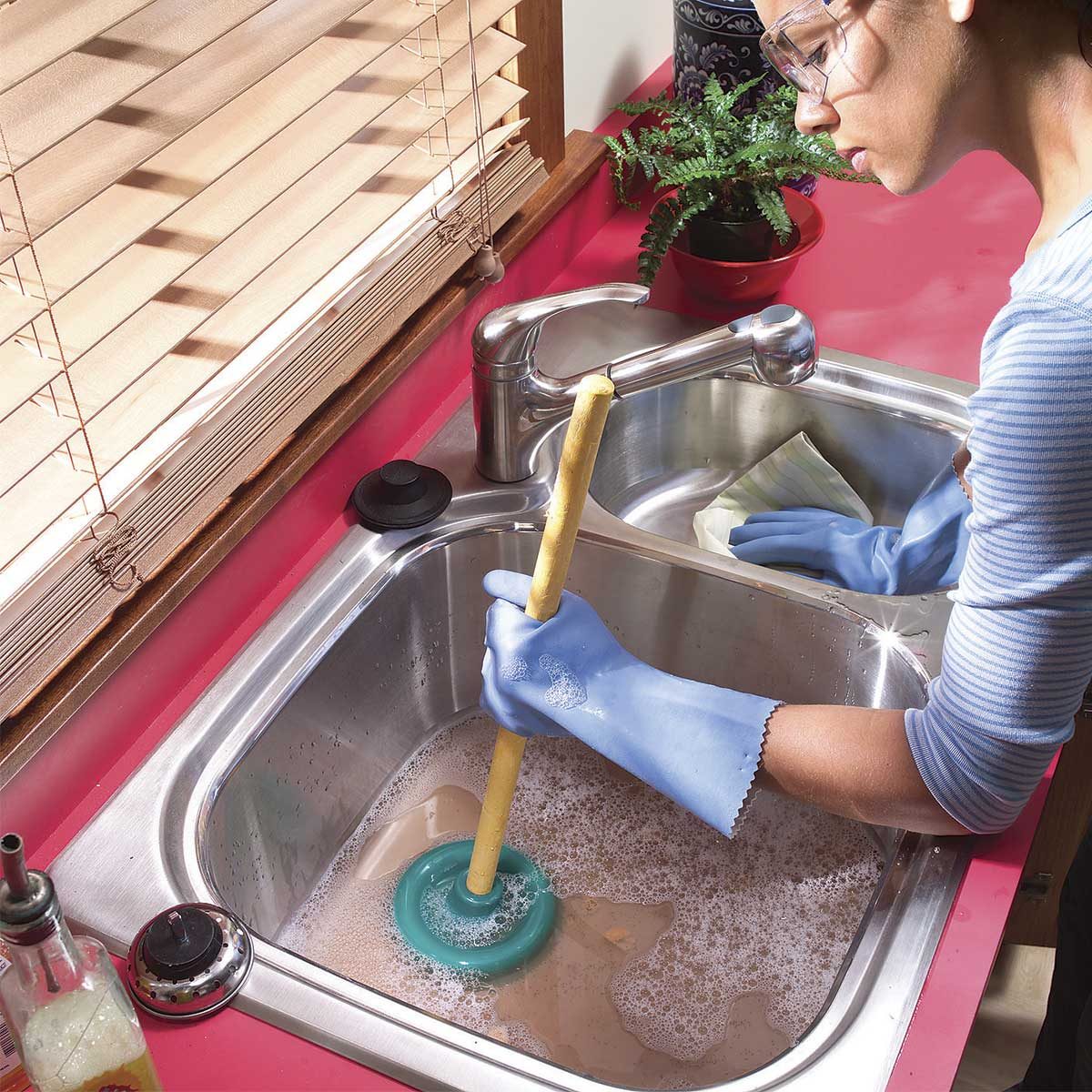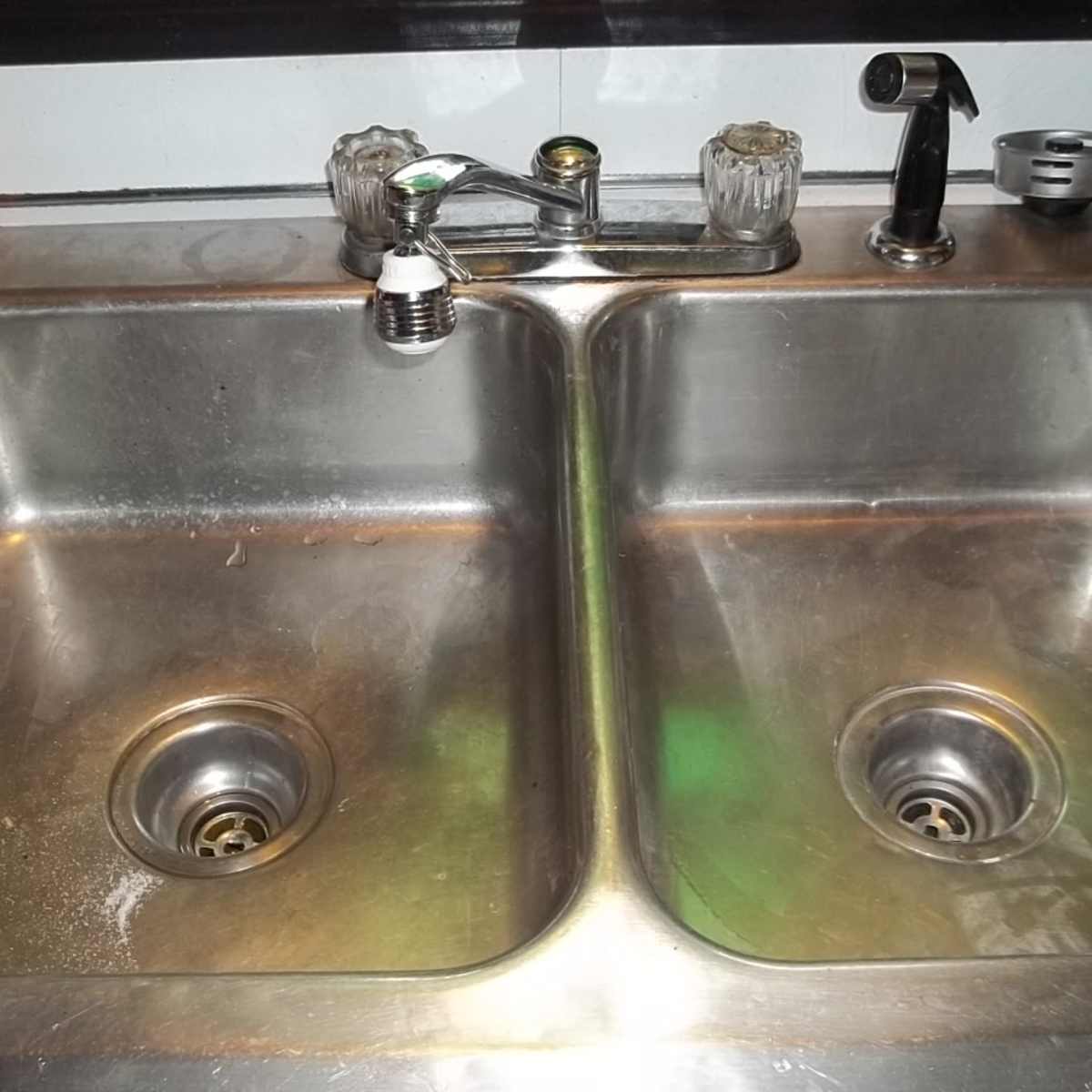Waterlogged And Wondering Why - 6 Causes For Your Kitchen Sink's Lagging Drain
Waterlogged And Wondering Why - 6 Causes For Your Kitchen Sink's Lagging Drain
Blog Article
The content following next relating to Why Is My Sink Not Draining? is relatively compelling. Read it yourself and see what you think of it.

It's not normal for your kitchen sink to block several times in one month. If your sink blocks two times a week, there's some difficulty going on.
An obstructed kitchen drainpipe doesn't simply reduce your duties, it degrades your entire plumbing system, bit by bit. Below are some common behaviors that motivate sink blockages, as well as how to prevent them.
You need correct garbage disposal
Recycling waste is excellent, but do you take notice of your organic waste also? Your kitchen area should have 2 separate waste boxes; one for recyclable plastics and one more for organic waste, which can end up being garden compost.
Having a marked trash bag will certainly help you as well as your family members prevent tossing pasta and various other food remnants down the tubes. Typically, these residues absorb wetness and also become obstructions.
Someone attempted to clean their hair in the kitchen area sink
There's a correct time and place for every little thing. The cooking area sink is just not the right location to clean your hair. Washing your hair in the kitchen area sink will certainly make it clog eventually unless you utilize a drainpipe catcher.
While a drain catcher may capture most of the after effects, some hairs may still make it through. If you have thick hair, this may be enough to decrease your water drainage and ultimately create a clog.
You're throwing coffee down the tubes
Utilized coffee premises and coffee beans still soak up a significant amount of wetness. They might appear tiny enough to throw down the drain, yet as time takes place they begin to swell and use up even more room.
Your coffee grounds ought to go into natural garbage disposal. Whatever portion escapes (possibly while you're depleting) will certainly be cared for throughout your month-to-month cleanup.
You've been consuming a lot of greasy foods
Your cooking area sink might still get blocked even with organic waste disposal. This might be due to the fact that you have a diet regimen abundant in oily foods like cheeseburgers.
This grease coats the insides of pipes, making them narrower and more clog-prone.
Your pipe wasn't repaired appropriately to begin with
If you have actually been doing none of the above, but still get regular blockages in your cooking area sink, you should certainly call a plumber. There might be a problem with exactly how your pipes were mounted.
While your plumber shows up, look for any kind of leakages or abnormalities around your cooking area pipelines. Do not try to deal with the pipelines on your own. This may cause an accident or a kitchen flooding.
There's more dirt than your pipes can take care of
If you obtain fruits straight from a farm, you may discover more kitchen dirt than other individuals that go shopping from a shopping center. You can quickly fix this by cleaning up the fruits and veggies correctly before bringing them into your house.
Thaw the sludge
The mistake isn't from your cooking area sink whatsoever
Maybe the trouble isn't from your cooking area sink, however the entire water drainage system. In such a case, you may see that other sinks and drains pipes get clogged every other week. You require a professional plumbing solution to fix this.
My Kitchen Sink Won’t Drain - What Should I Do?
If Your Sink Has a Garbage Disposal...
Turn on the disposal. If the disposal hums and doesn’t turn, then there’s clog in the disposal unit. Go to your circuit breaker panel, and switch off the circuit breaker to your garbage disposal. Back in your kitchen, double-check that your garbage disposal is off by trying to turn it on. The disposal should not move, and it should not make any noise. Lie down underneath your sink so that you can see and access the bottom of the disposal unit. Look for a hole that looks like the head of a hex-head bolt in the center of the unit. Place an Allen wrench inside this hole and turn it from side to side until you feel a decrease in resistance and are able to rotate the wrench completely in a single direction. This action rotates your disposal’s blade manually. Put the wrench aside, and press the disposal unit’s reset button or switch. Flip your garbage disposal’s circuit breaker switch back on, and turn on the unit to see if the obstruction has cleared. If it hasn’t, repeat the steps above until the obstruction is removed. How to Unclog a Kitchen Sink Drain
If you have a double bowl sink, seal one side of the sink with an airtight lid or a second plunger before plunging the other side. Otherwise, you won’t be able to create adequate suction. Place the cup of the plunger completely over the drain opening. Turn on the faucet, and let the water run until it completely covers the cup of the plunger. Start plunging by pushing the plunger down and pulling up again in order to build up suction. Make sure that the edges of the plunger stay in contact with your sink, or else you’ll lose the suction. If you have trouble forming a seal between your sink and plunger, add petroleum jelly to the mouth of your plunger, and try again. Plunge about five or six times before removing the plunger to see if water starts to drain properly. In some cases, you’ll even be able to feel the clog become dislodged while you plunge because suddenly there will be much less resistance. Repeat the plunging process until the clog clears. Once water is draining properly again, run hot water down the drain for 5 minutes to help clear away grease, grime, and debris from the clog. https://www.plumbingjoint.com/blog/2019/august/my-kitchen-sink-won-t-drain-what-should-i-do-/

As a fervent reader on Easy Ways to Unclog Any Drain in Your Home, I think sharing that excerpt was a good thing. Sharing is good. Helping people is fun. Thanks a lot for your time invested reading it.
Visit Site
Report this page